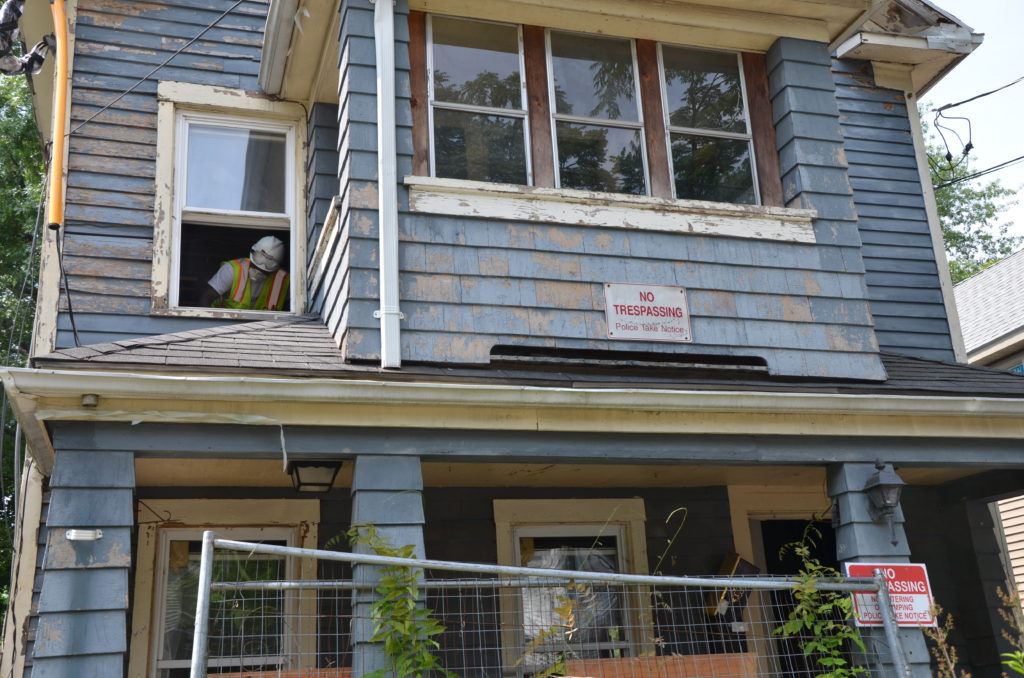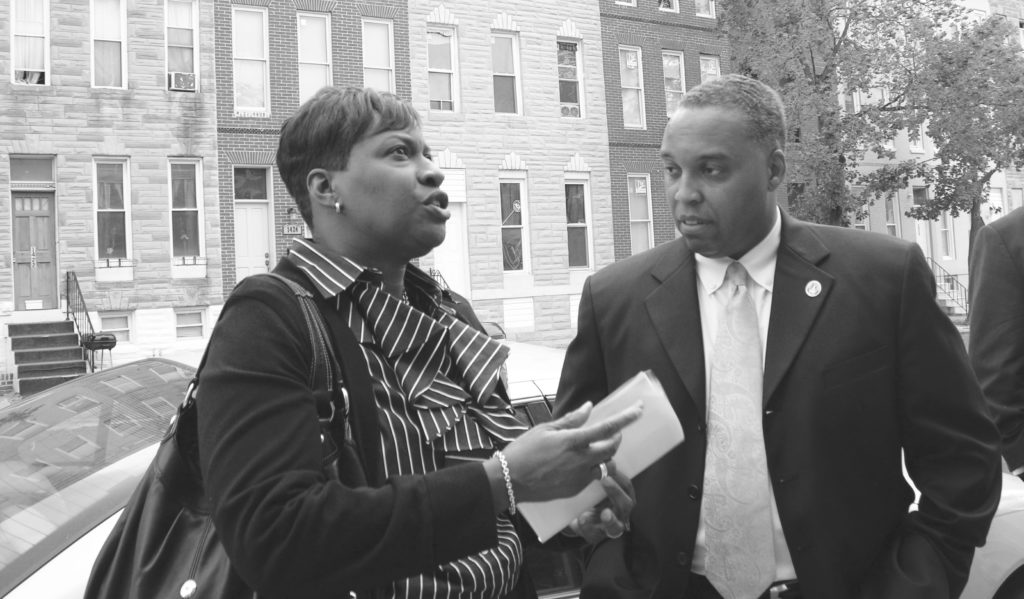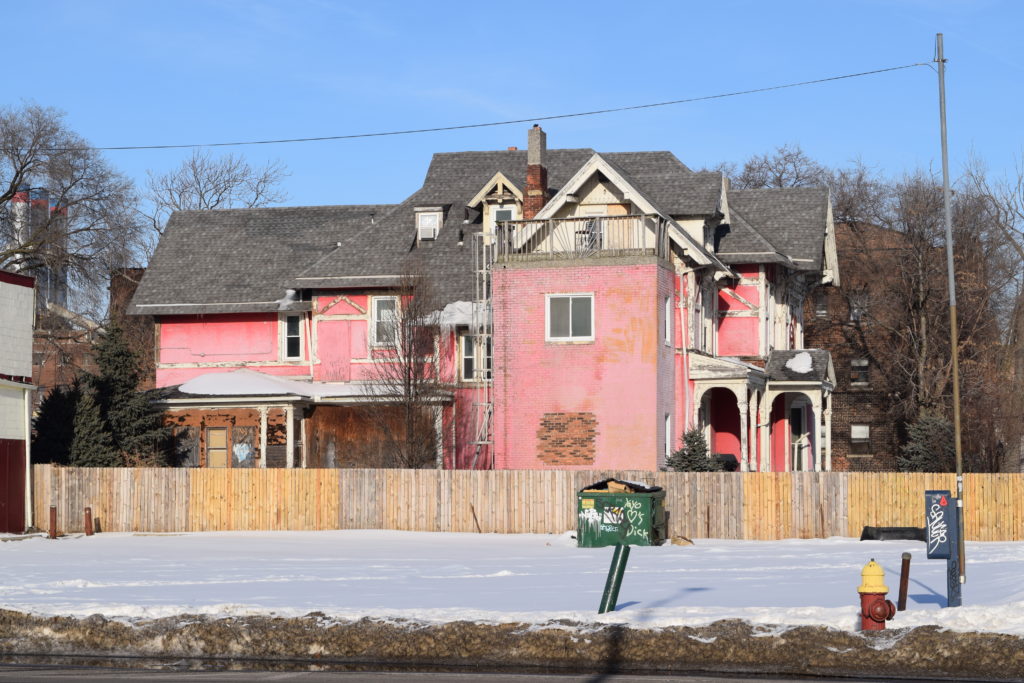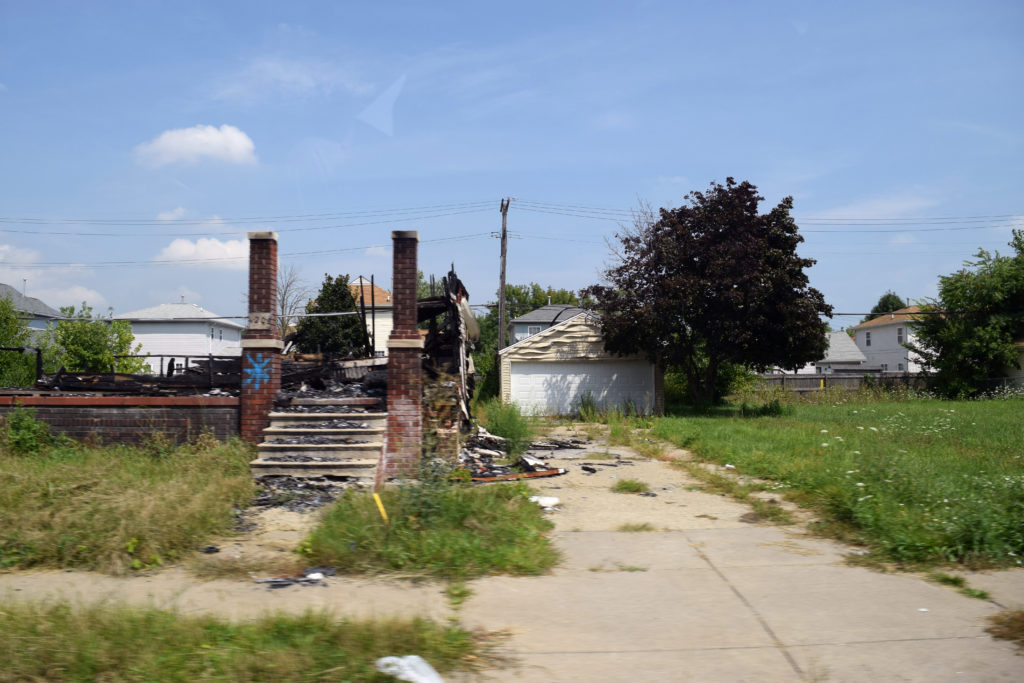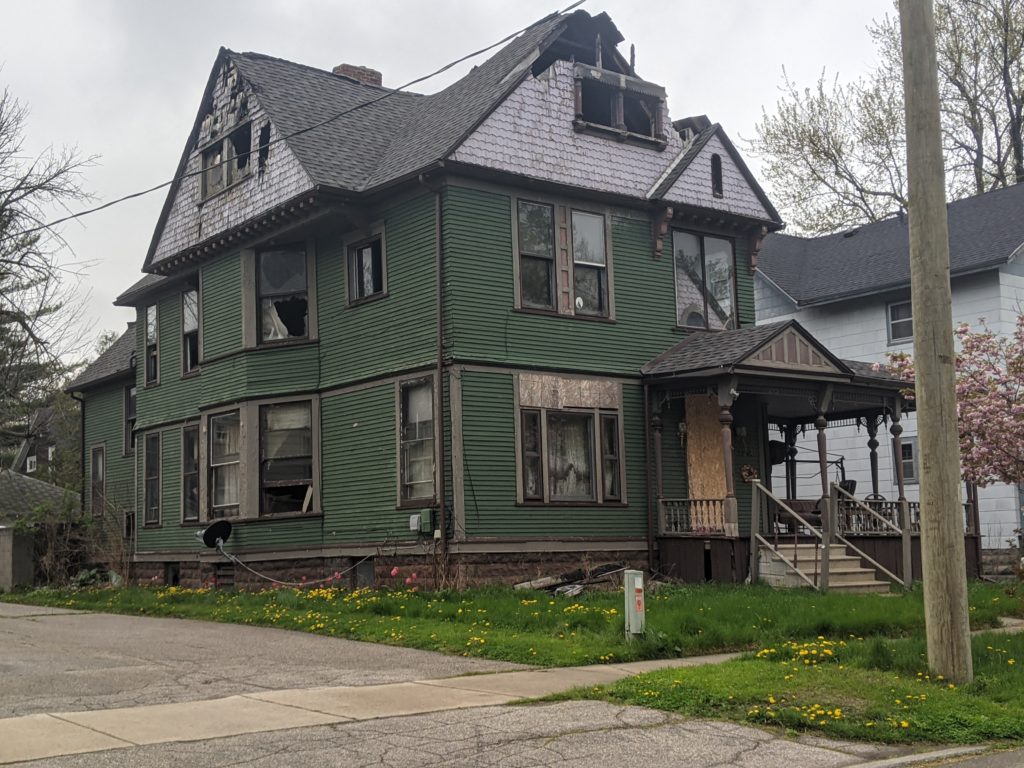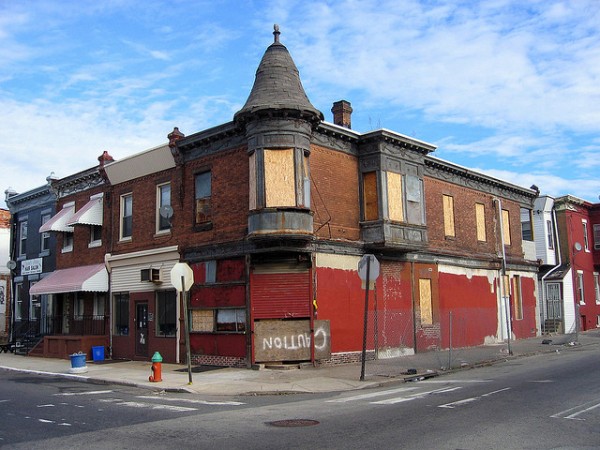Blog
Our blog unpacks complex approaches to community revitalization so you feel ready to return vacant properties to productive use. Sign up for our newsletter to get solutions in your inbox.
Filter by Date
Topics
Learn how Newark, New Jersey is leveraging an underutilized HCV provision to make homeownership a reality for low-income residents.
Read More »Examples of how philanthropic partnerships have helped land banks launch new programs to revitalize communities.
Read More »Examples of live-work unit projects that are transforming their neighborhoods through creative placemaking.
Read More »Talking about community revitalization is hard. Here’s some ways to explain vacancy when people don’t understand your work.
Read More »Examples of how land banks are transforming vacant land into climate resilience assets through flood mitigation, greening, and partnerships.
Read More »The NLBN Summit is your chance to better understand how land banks work and how they can support your goals around developing housing, reusing vacant land, and helping neighborhoods bounce back from economic decline.
Read More »Brownfield redevelopment reclaims the potential of underutilized properties, improves a neighborhood’s health and wellbeing, and can spark community revitalization.
Read More »Ideas for Opportunity Zones 2.0 to leverage existing vacant properties in distressed communities, with land bank support.
Read More »A land bank is a public entity with unique powers to put vacant, abandoned, and deteriorated properties back to productive use according to community goals.
Read More »Brownfield properties, often referred to as “brownfields,” are properties where the presence or potential presence of hazardous substance, pollutant, or contaminant makes redevelopment challenging and costly.
Read More »

